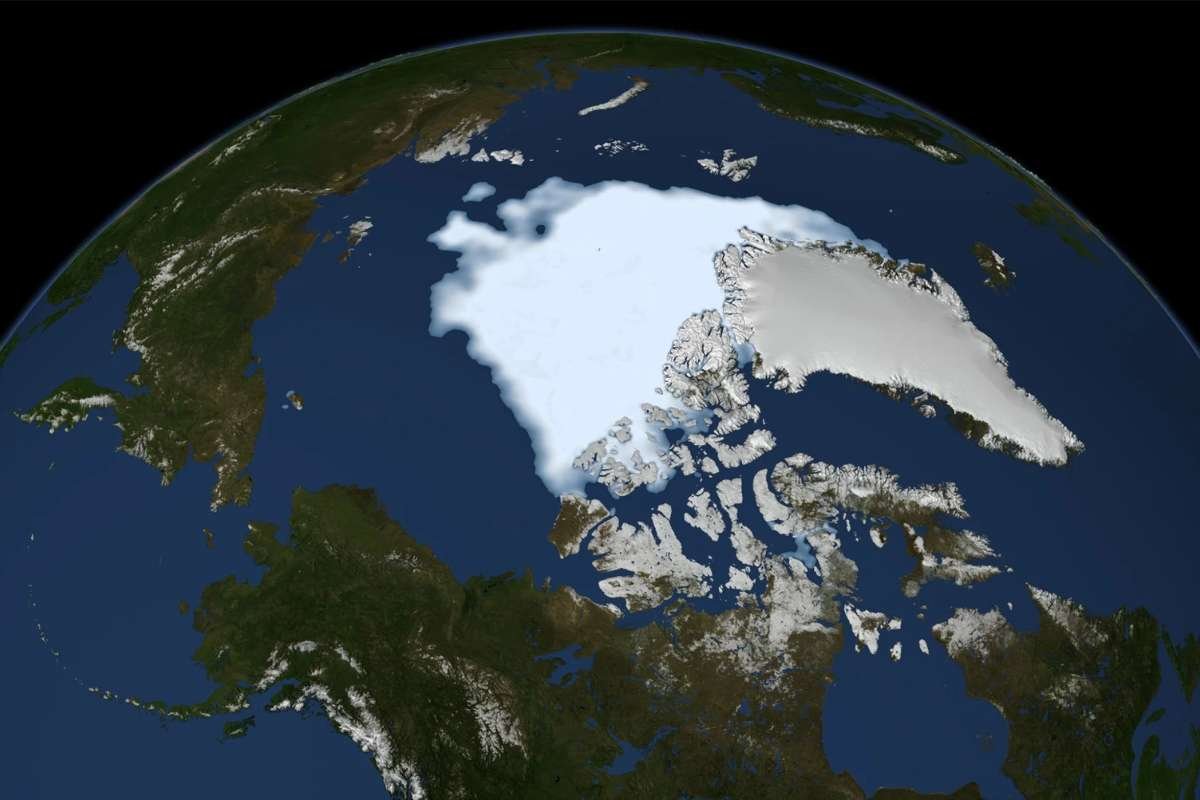New visualizations uncover a chilling possibility—what Earth might resemble if All the Land Ice Melts. Once considered a remote scenario, this devastating outcome is gaining plausibility due to accelerating climate change. A recent video published by Business Insider Science illustrates how coastal cities around the globe could vanish beneath rising seas. Far from being science fiction, these maps are grounded in real scientific research, including findings from Science Advances and National Geographic, and underscore the risks of unchecked global warming.
Cities like Miami, Venice, Brussels, and Dakar could be entirely submerged, while iconic locations such as New York City, Tokyo, and Rio de Janeiro may be forced to relocate or face extinction. These models offer a stark warning: if global temperatures continue to rise, the resulting sea-level rise from melting land ice could irreversibly transform the planet.
The Science of Melting Ice
The two immense ice sheets covering Antarctica and Greenland, spanning over 6 million square miles and containing the majority of Earth’s fresh water, are a major concern. If All the Land Ice Melts, global sea levels could surge by approximately 200 feet, drastically altering coastlines around the world.
This unprecedented melting is primarily driven by human-induced climate change. The release of greenhouse gases—especially carbon dioxide from burning fossil fuels—has led to a warming planet, accelerating ice loss at both poles. As the ice melts, more water is added to the oceans, contributing directly to sea-level rise. Scientists warn that we may soon reach a tipping point, beyond which ice loss becomes unstoppable, regardless of future emissions reductions.
This phenomenon is not merely theoretical. Satellite data has already shown that parts of the West Antarctic Ice Sheet and Greenland are melting at increasingly rapid rates. Once these thresholds are crossed, even immediate action may not reverse the damage.
Global Cities at Risk and the Urgency to Act
The implications of this scenario are nothing short of catastrophic. If sea levels were to rise dramatically, entire coastal regions would become uninhabitable, displacing hundreds of millions of people and triggering a global humanitarian crisis. Cities across Europe, Africa, the Middle East, Asia, and the Americas would be submerged or severely impacted. Entire nations with low-lying coastlines, such as Bangladesh or the Netherlands, could face existential threats.
The economic, social, and political consequences of such mass displacement would be staggering. Beyond loss of property and infrastructure, the world would face major food insecurity, economic collapse in affected areas, and widespread migration.
At the heart of this looming crisis lies climate change, fueled by the relentless burning of coal, oil, and gas. Without aggressive global efforts to cut carbon emissions, transition to renewable energy, and protect polar regions, this worst-case scenario edges closer to reality.
Experts emphasize the urgency of addressing climate change, warning that the choices humanity makes now could shape the future of our planet. If All the Land Ice Melts, the consequences could be catastrophic, determining whether generations to come inherit a livable world or face one submerged by rising seas and human inaction.
Also Read: Hot Water Freezes Faster Than Cold: The Mpemba Effect Explained







